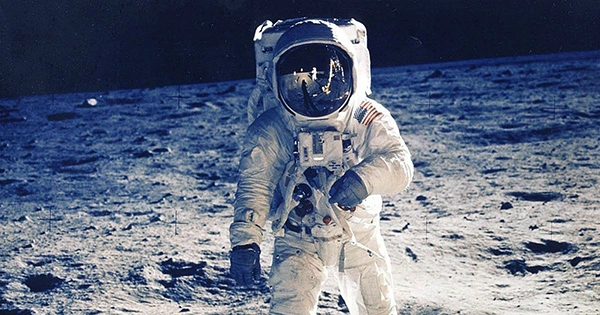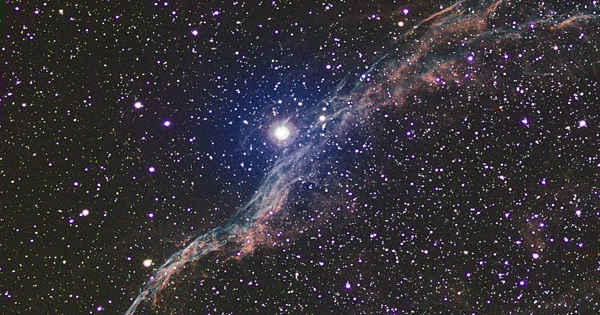On the Moon, there is water. It is not flowing as it does on Earth, but it is still present, frozen in ice deep within craters that are always dark, or in hydrated rocks. This has been detected from orbit and in samples, and now Chang’E-5 has demonstrated that not only is water present, but also that it has a source. It largely emanates from the Moon’s interior. The discoveries, published in Nature Communications, are the first experimental evidence of native lunar water found on Earth and on the Moon. The existence of the hydroxyl group (an oxygen and hydrogen atom bound together), which is the most typical consequence of a chemical process involving water, was discovered in samples returned to Earth in late 2020.
Although no drops of water were found within the rock, it is the chemical equivalent of smoke in a fire. Chang’E-5 was in the Oceanus Procellarum, or Ocean of Storms, although there was only 30 parts per million of hydroxyl in this massive basaltic deluge. “For the first time in the world, laboratory analysis of lunar return samples and spectral data from in-situ lunar surface surveys were used together to examine the presence, form, and amount of ‘water’ in lunar samples,” said co-corresponding author LI Chunlai of the Chinese Academy of Sciences’ National Astronomical Observatories (NAOC).

“The findings give a ground truth for the interpretation and calculation of water signals in remote sensing survey data and properly address the question of the distribution features and source of water in the Chang’E-5 landing zone.” The researchers also said that the circumstances on the Moon during sample collection and direct analysis by Chang’E-5 were exceedingly dry. It was about moon noon over the region, and the ground temperature was around 90°C (approximately 200°F).
It also falls at a period of less solar wind. The steady stream of particles from the Sun may produce hydroxyl on the Moon, as evidenced by samples retrieved by NASA astronauts during the Apollo missions as well as Chang’E-5. The Chinese expedition, on the other hand, was able to prove that the water in these rocks came from within the Moon, back when volcanic explosions were still a typical occurrence on our satellite. “This excess hydroxyl is indigenous, demonstrating the presence of lunar-originated internal water in the Chang’E-5 lunar samples, and that water played a key role in the formation and crystallization of the late lunar basaltic magma,” LI said, referring to the Chang’E-5 landing site in Oceanus Procellarum’s mare basalt.
“We are learning more about the genesis and evolution of not only the Moon, but also the solar system, by examining lunar water and its source. Furthermore, lunar water is predicted to sustain future human in-situ lunar resources.” Future missions, including as Chang’E-6 and Chang’E-7, will carry on this line of inquiry in order to better understand the chemistry of the lunar surface.
















